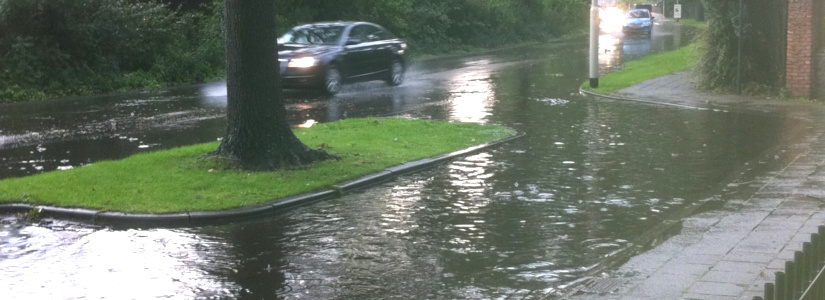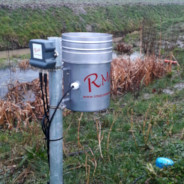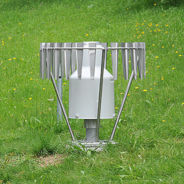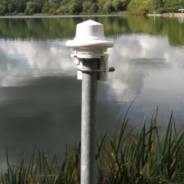Flooding and shortage
Precipitation, mostly rain in the Netherlands, is the most discussed topic in meteorology. Accurate and reliable rainfall data is important for a large number of processes. The most obvious is the prevention of flooding and water shortages.

Precipitation dates
We must store or dispose of too much water, we must make up for lack of water. Accurate rainfall data is of great importance for drafting water balances.
RMA Hydromet offers a total package. We advise our customers on the best way to set up a precipitation measurement network. We then take care of the installation and maintenance of the precipitation stations. We deliver the data in a desired format, at a desired frequency and on a server specified by the customer. RMA Hydromet can also take over the data transmission and the first data validation. Our customers then only buy reliable rainfall data.
Rain gauges
We offer precipitation sensors that work according to the principles of tipping bucket, weighing, radar or laser. The precipitation meters according to the tipping bucket mechanism and the weighing principle are the most standard for measuring the amount of precipitation.
Because, in addition to the quantity, knowledge of the composition of the precipitation is becoming increasingly important, we also supply precipitation sensors that measure the composition of the precipitation. Hail showers, for example, can cause major damage to greenhouses, but also to the blades of wind turbines.
Measuring the type of precipitation is not possible with the standard precipitation meters. For this we use radar and laser techniques. These techniques measure the dimensions of the droplets and the falling speed, from which can then be derived, how much precipitation falls, of what type and what the intensity is.

Tipping bucket mechanism
These precipitation gauges are fairly simple in construction and relatively cheap. If they are not equipped with a heater, they do not consume any electricity. The amount of precipitation is determined by registering how often the rain collector tilts. The tray tilts when full at 0.1 or 0.2 mm. The disadvantage is that the inaccuracy increases as the intensity of the showers increases. In addition, this type of precipitation meter requires more maintenance.

Weighing principle
This type of precipitation sensor collects the precipitation in a reservoir. The weight of its contents is measured with an accurate measuring cell. The amount of precipitation can be precisely determined from this. This precipitation sensor is very accurate and requires little maintenance. This type is widely used by weather services and applied in the main monitoring network.

Radar principle
This type of rain gauge measures the size and speed of the drops with a radar. Not only the amount of precipitation and the intensity, but also the type of precipitation can be derived from this. The accuracy of the sensor increases as the intensity of the precipitation increases. This type of precipitation meter is very suitable for compacting the main measuring network consisting of, for example, Pluvio 2 precipitation meters (weighing principle), so that a clear picture is created of how a shower spreads over a certain area.

Laser principle
With this measuring principle, the entire spectrum of precipitation can be measured. This means that a very accurate picture can be obtained of the amount, intensity and composition of the precipitation. A laser measurement is much more accurate than a radar measurement. These precipitation meters are widely used in studies where one wants to get a clear picture of the composition of the precipitation.




